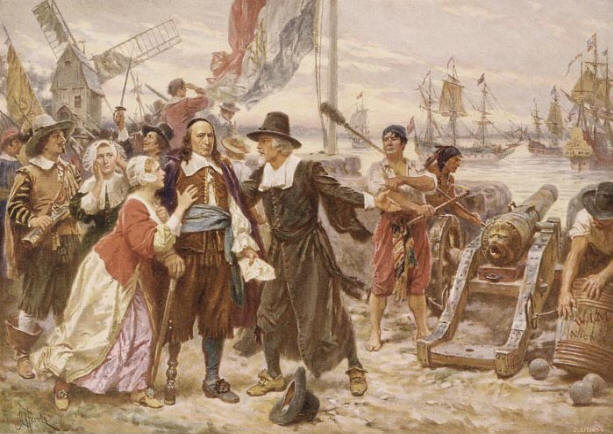
Dutch West India Company trading and colonizing company, chartered by the States-General of the Dutch republic in 1621 and organized in 1623. Through its agency New Netherland was founded. The phenomenal success of the Dutch East India Company was an influential factor in its establishment. The United New Netherland Company, which had been trading around the mouth of the Hudson River for several years, was absorbed into the new company. By the terms of the charter no citizen of the Netherlands could trade with any point on the African coast between the Tropic of Cancer and the Cape of Good Hope or on the American coast between Newfoundland and the Straits of Magellan without the company's permission.

The company was responsible to the States-General in larger matters, such as declaring war, but otherwise had almost complete administrative and judicial power in its territory. The company was initially interested taking Brazil from the Portuguese. After 30 years of warfare, however, Brazil was lost. By that time the company had built Fort Orange (1624) on the site of Albany, N.Y., Fort Nassau (1624) on the Delaware River, Fort Good Hope on the site of Hartford on the Connecticut River, and finally Fort Amsterdam (1626), on the southern tip of Manhattan Island, which was the nucleus of the settlement called New Amsterdam, now New York City. England could not then afford to antagonize the Dutch because of wars with France and Spain and so permitted the Dutch settlement to be made on lands that England claimed. New Netherland remained under the control of the company until the English finally conquered it in 1664 (see New York , state). The company's unsound financial condition led to its reorganization under a new charter in 1674. Thereafter it engaged primarily in the African slave trade, though it still possessed colonies in Guiana. In 1791 its charter expired and was not renewed. [source: "Dutch West India Company." The Columbia Encyclopedia, 6th ed.. 2011. Encyclopedia.com. 14 May. 2012 .]


No comments:
Post a Comment